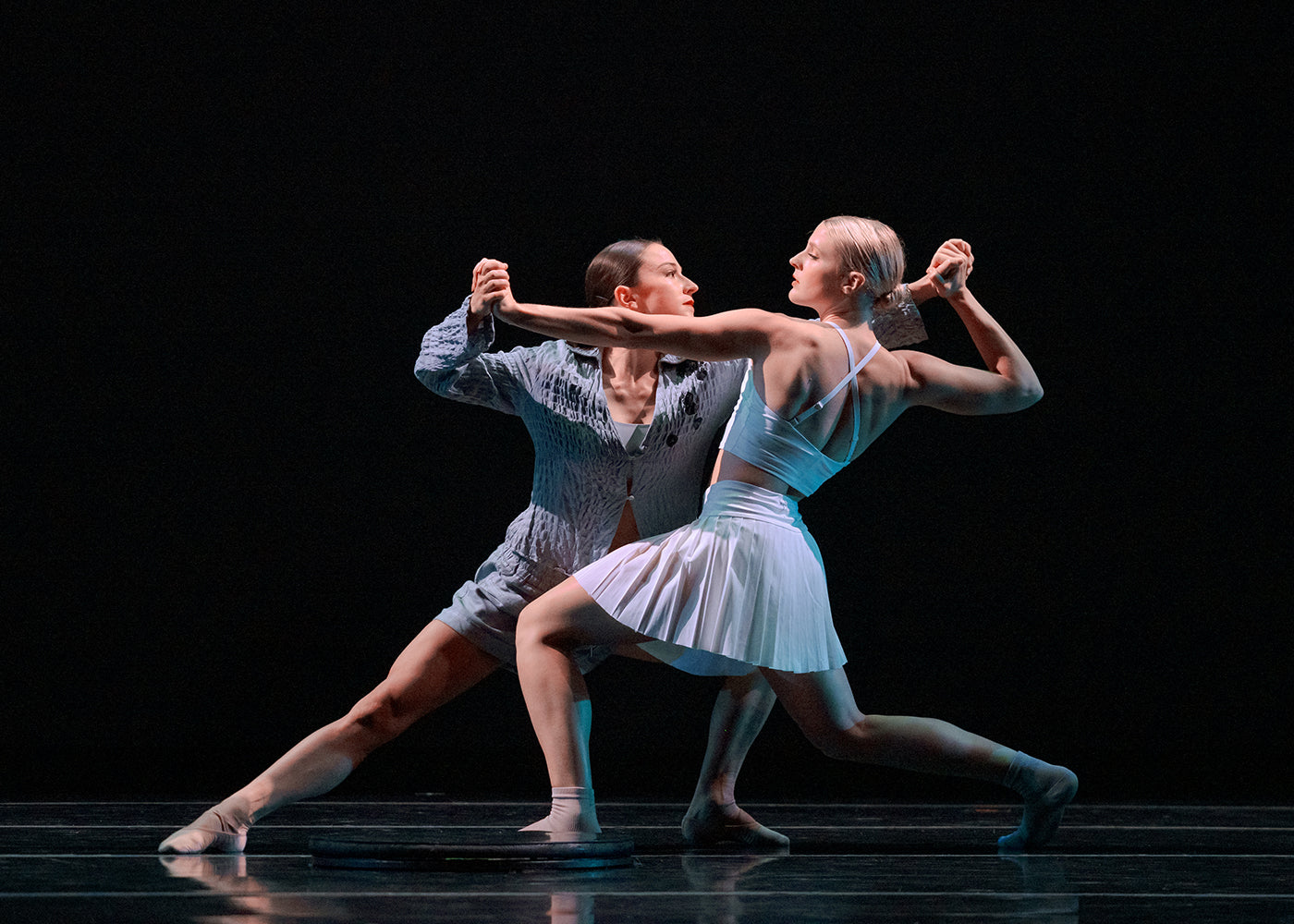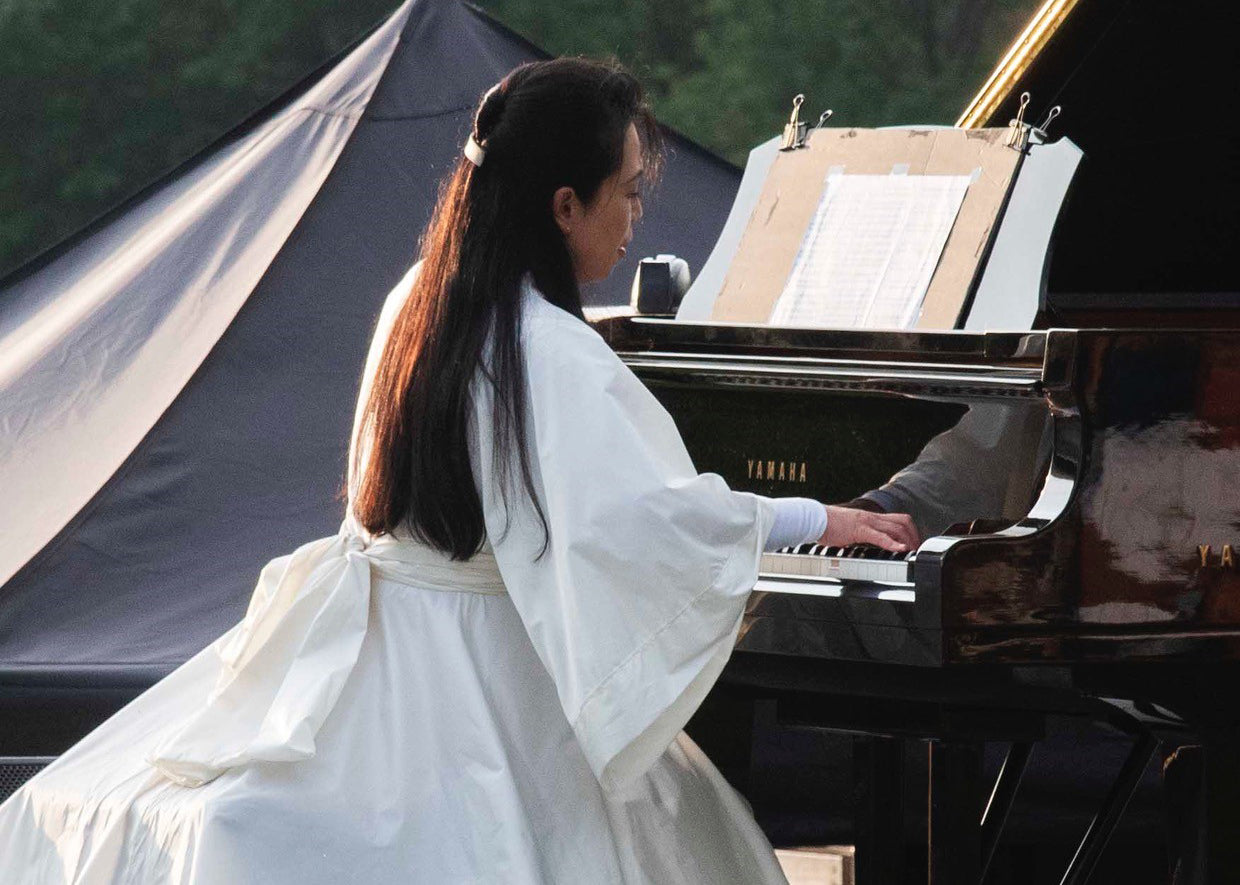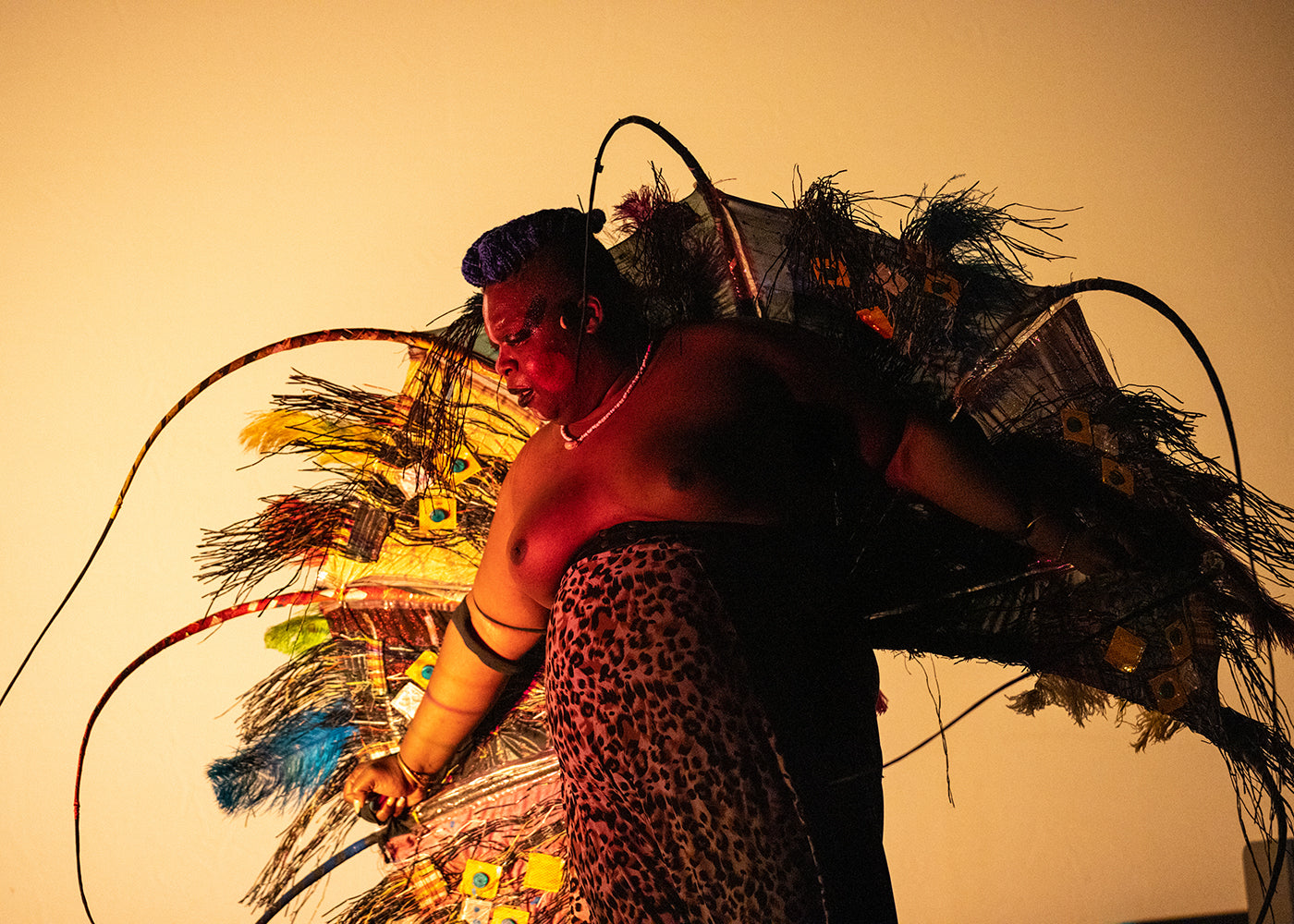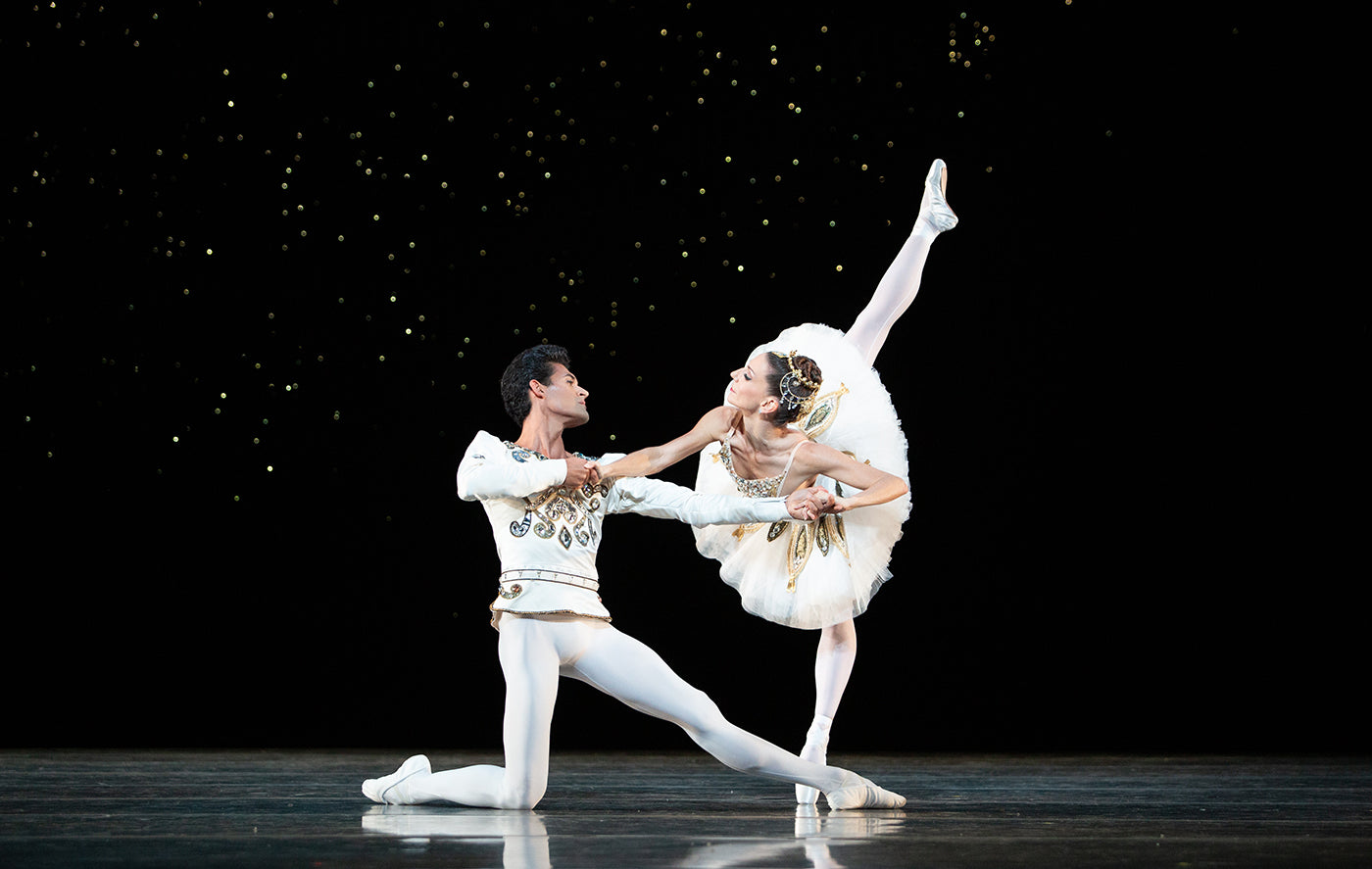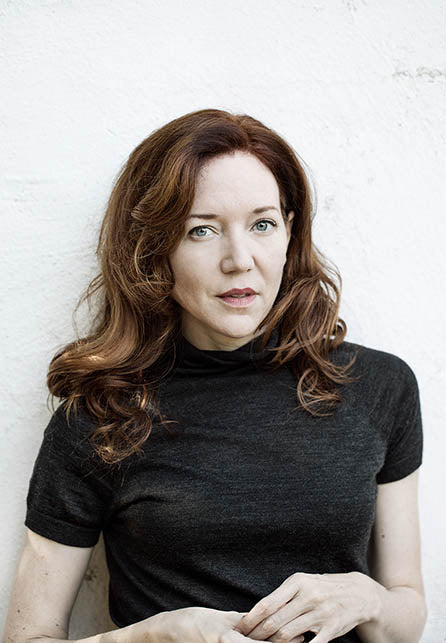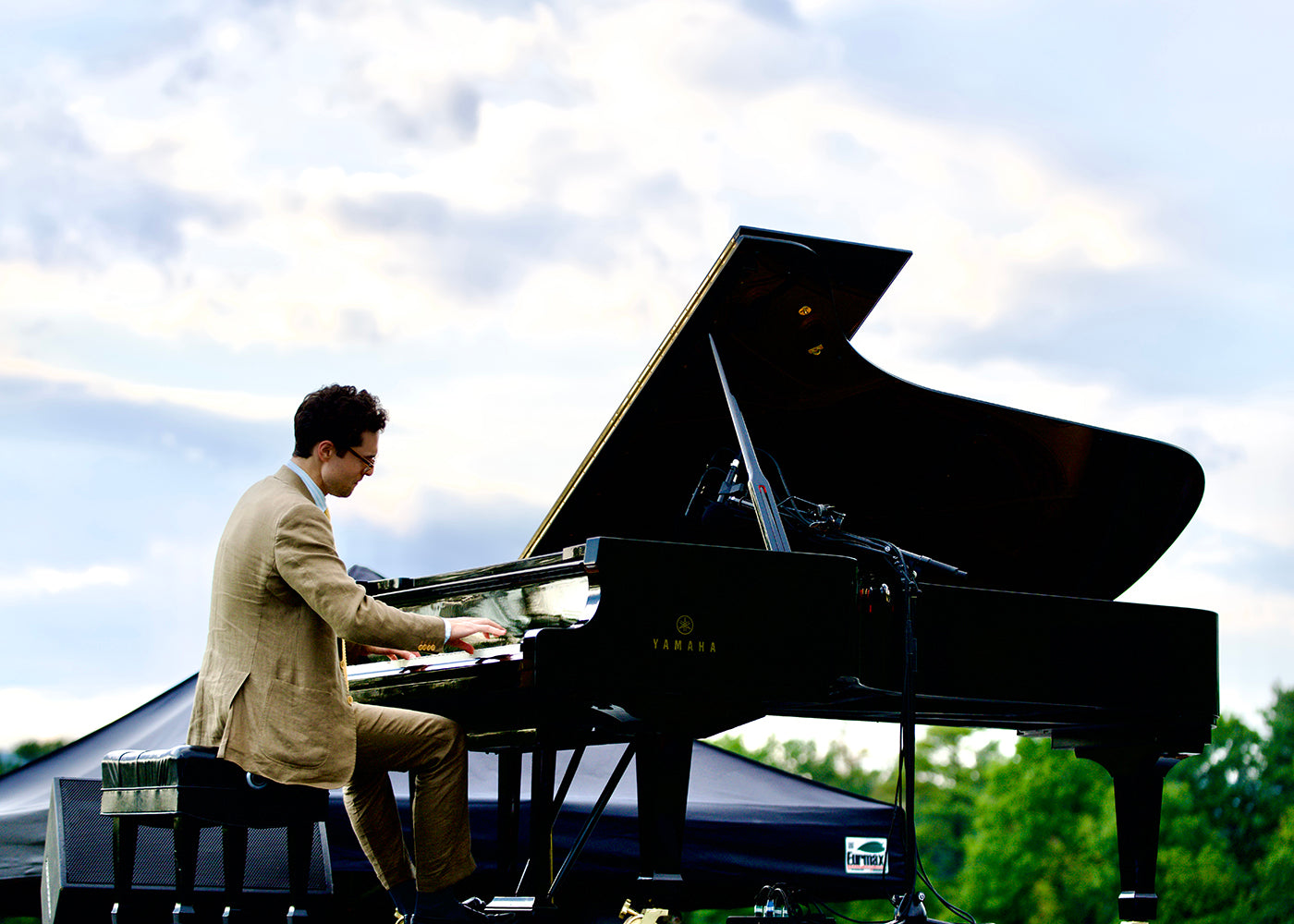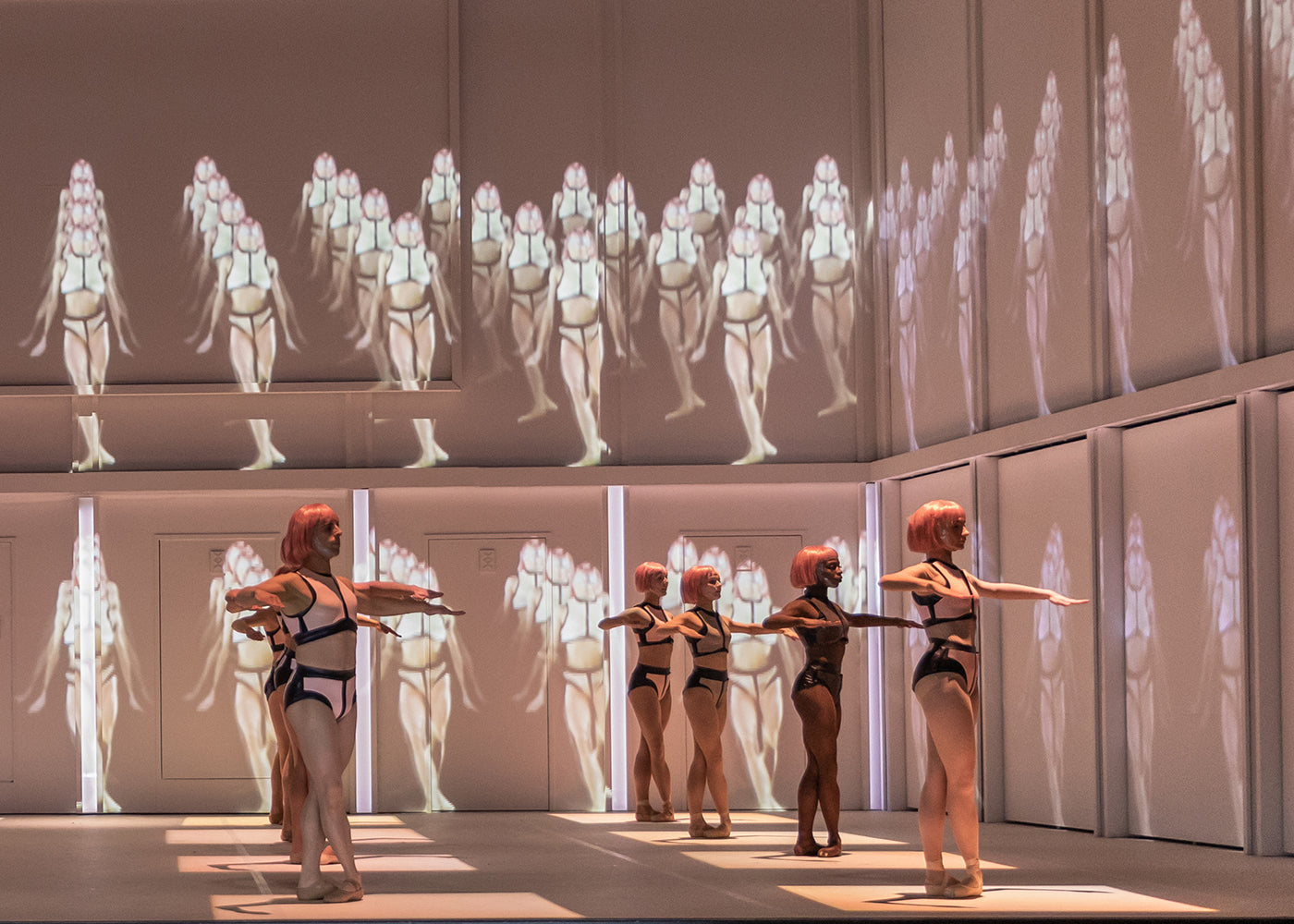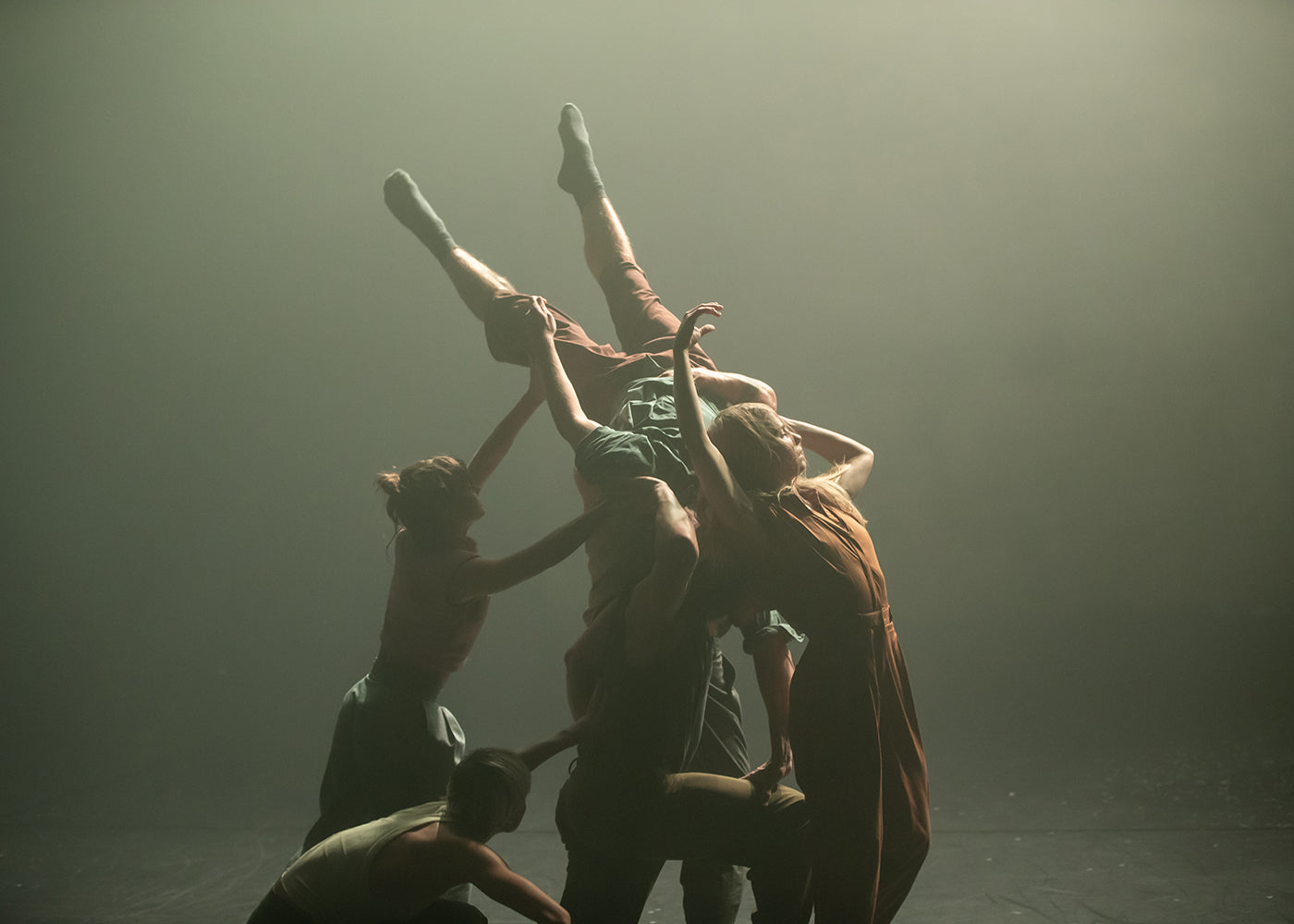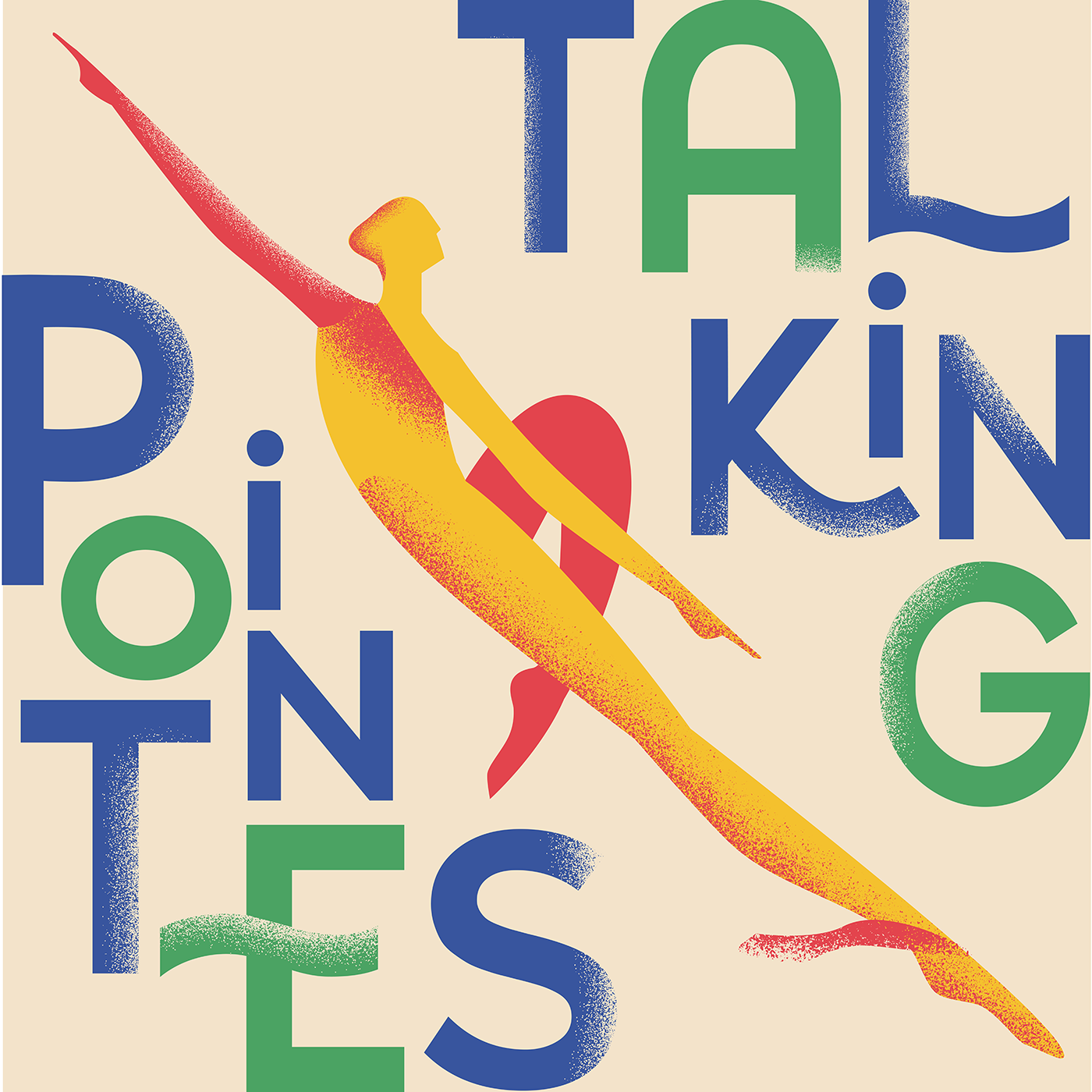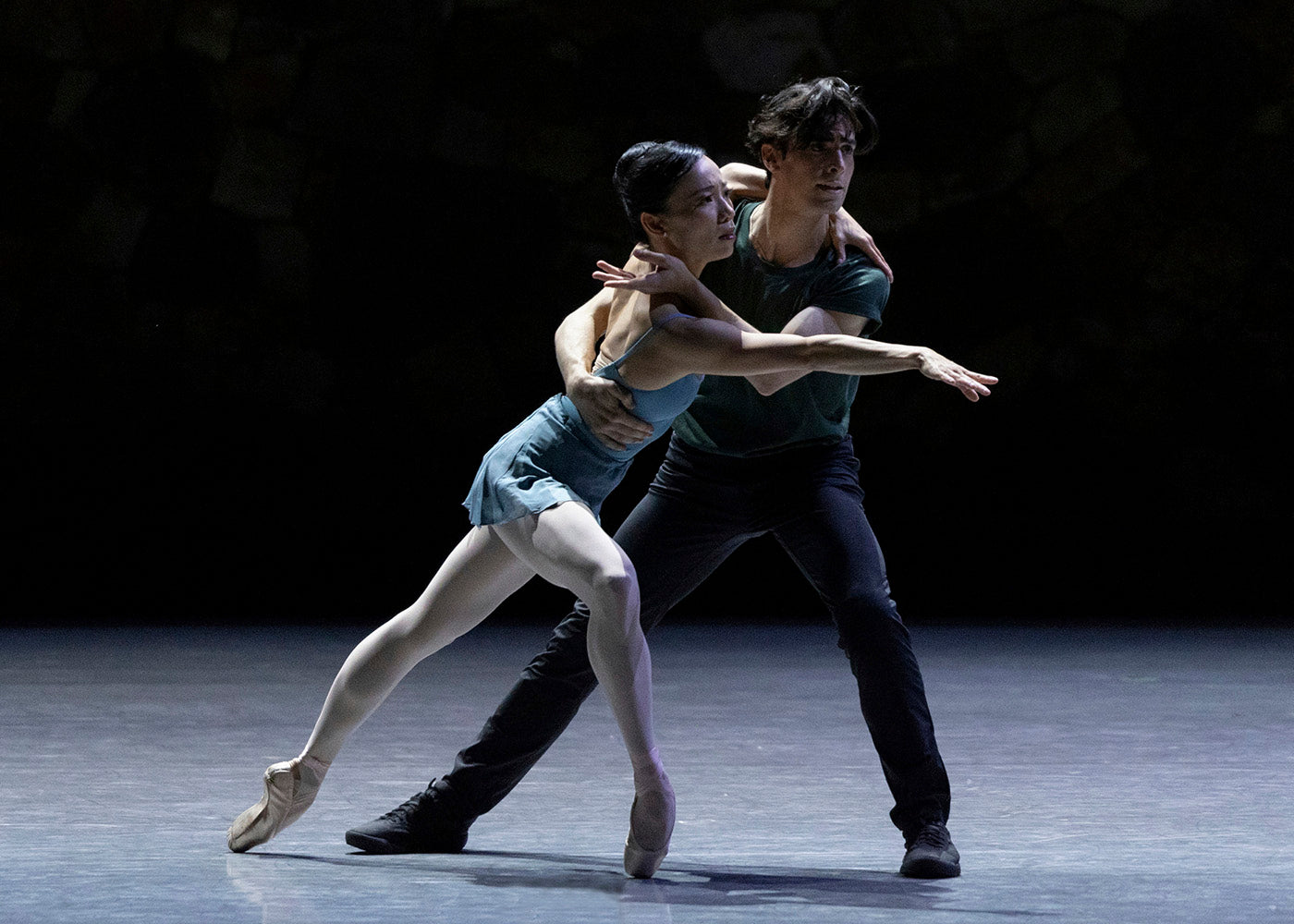Twists and Turns
Smuin is an unusual company. It was founded by former San Francisco Ballet co-director Michael Smuin in 1994, about a decade after San Francisco Ballet’s board declined to name him the company’s next director. For its first fifteen years, the new eponymous troupe mainly danced Smuin’s over-the-top theatrical spectacles, like “Zorro!” and “Carmina Burana.” When Smuin died suddenly in 2007, his longtime muse Celia Fushille became artistic director. She has continued to feed the audience the hammier Smuin spectacles they love, but she has also considerably stretched the repertory with the addition of works by Trey McIntyre, Stanton Welch, and...
Plus

